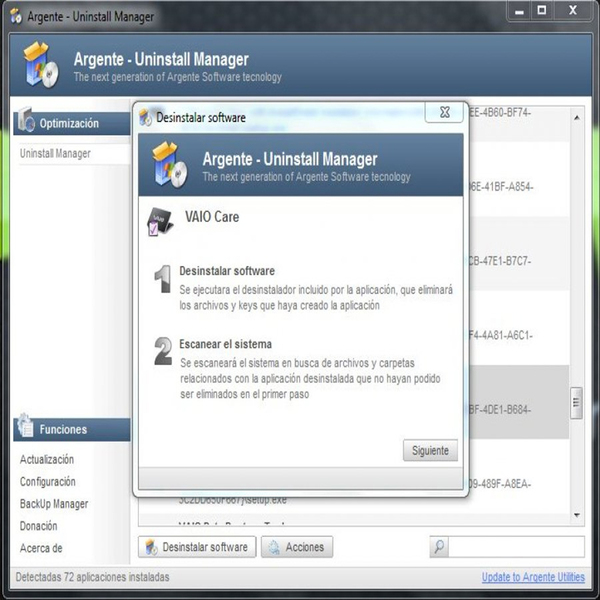


You can also create a registry file (.reg) by exporting that subkey of the registry in Registry Editor. Therefore, you must periodically delete the list. Office rebuilds the File Name MRU subkey after you delete it, and begins to track the most recently used files again. To delete a specific list of most recently used files, delete the Value entry in any File Name MRU subkey. Under each subkey is another subkey that is named File Name MRU. These keys may vary depending on the past actions that were performed in Microsoft Word. Each of these subkeys contains a most recently used files list.įor example, the Microsoft Office Word\Settings subkey contains subkeys such as Insert File, Save As, Open, or Modify Location. In that subkey, you find several additional subkeys. In each program subkey, you find another subkey that is named Settings. In the Open Find subkey, locate the program for which you want to clear the most recently used files list.

HKEY_CURRENT_USER\Software\Microsoft\Office\10.0\Common\Open Find HKEY_CURRENT_USER\Software\Microsoft\Office\11.0\Common\Open Find HKEY_CURRENT_USER\Software\Microsoft\Office\12.0\Common\Open Find Locate the following registry key, as appropriate for your version of Office: For more information about how to back up and restore the registry, see How to back up and restore the registry in Windows.Ĭlick Start, click Run, type regedit in the Open box, and then click OK. Then, you can restore the registry if a problem occurs. For added protection, back up the registry before you modify it. Therefore, make sure that you follow these steps carefully. However, serious problems might occur if you modify the registry incorrectly. This section, method, or task contains steps that tell you how to modify the registry.


 0 kommentar(er)
0 kommentar(er)
